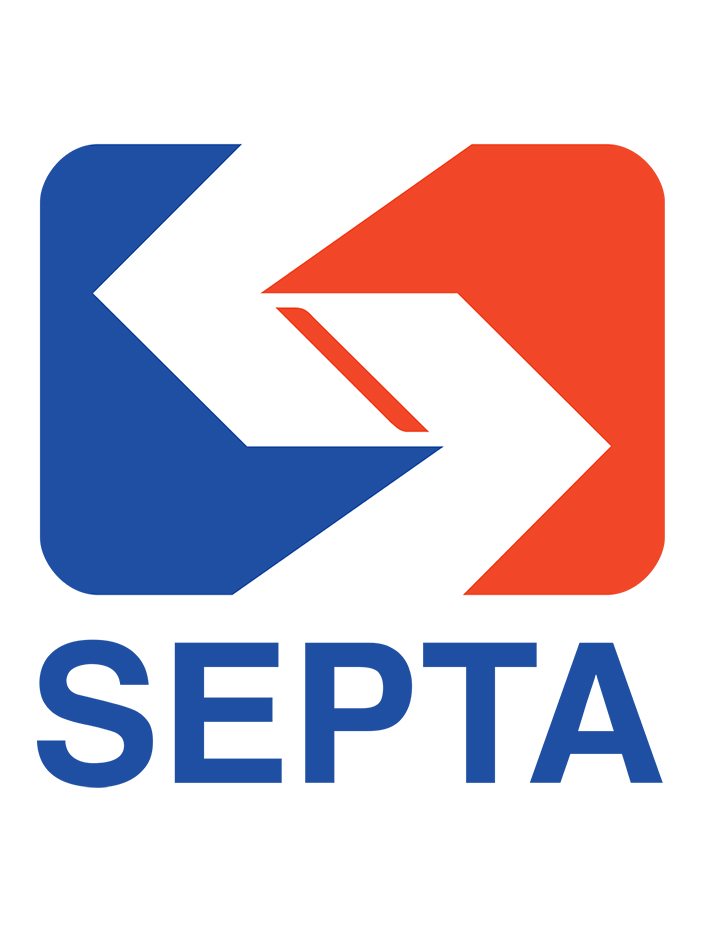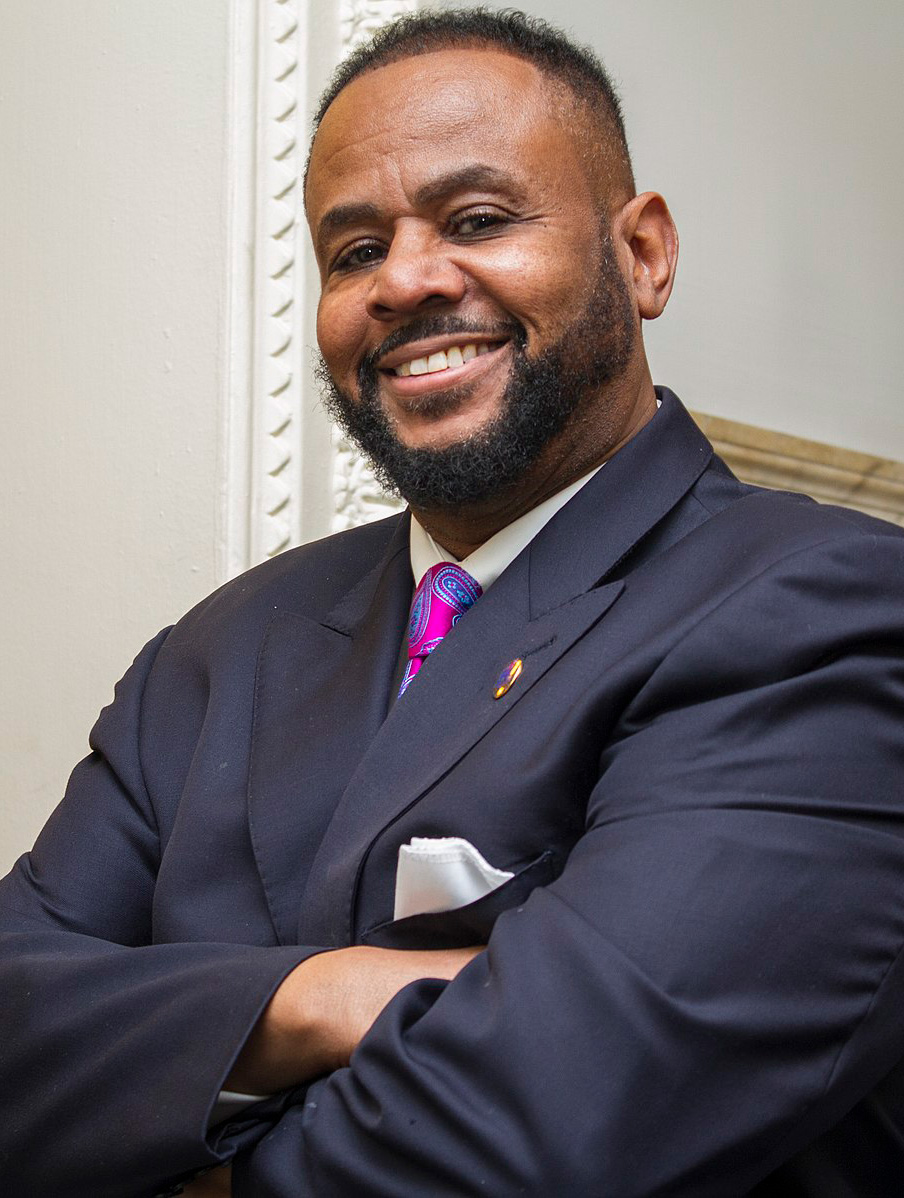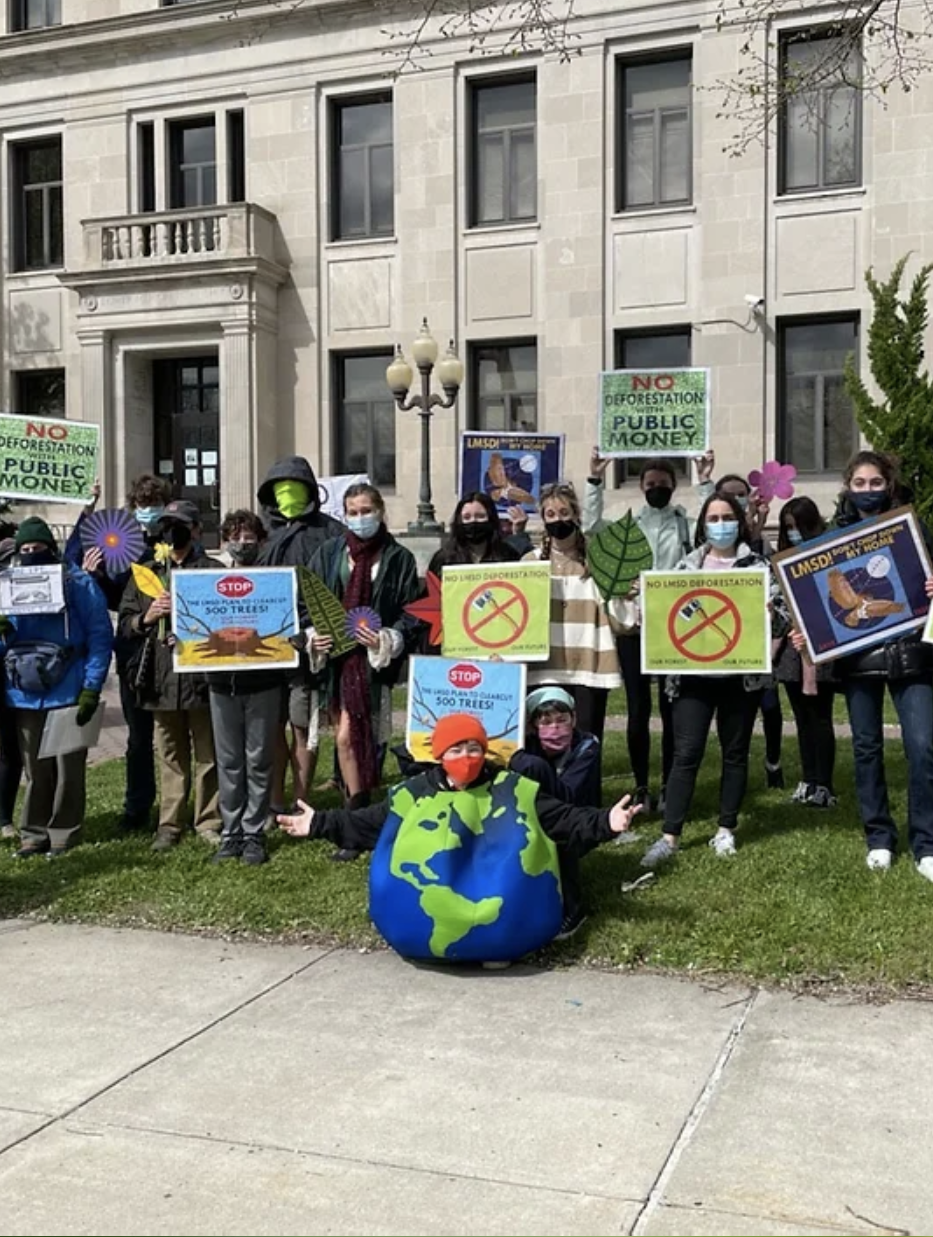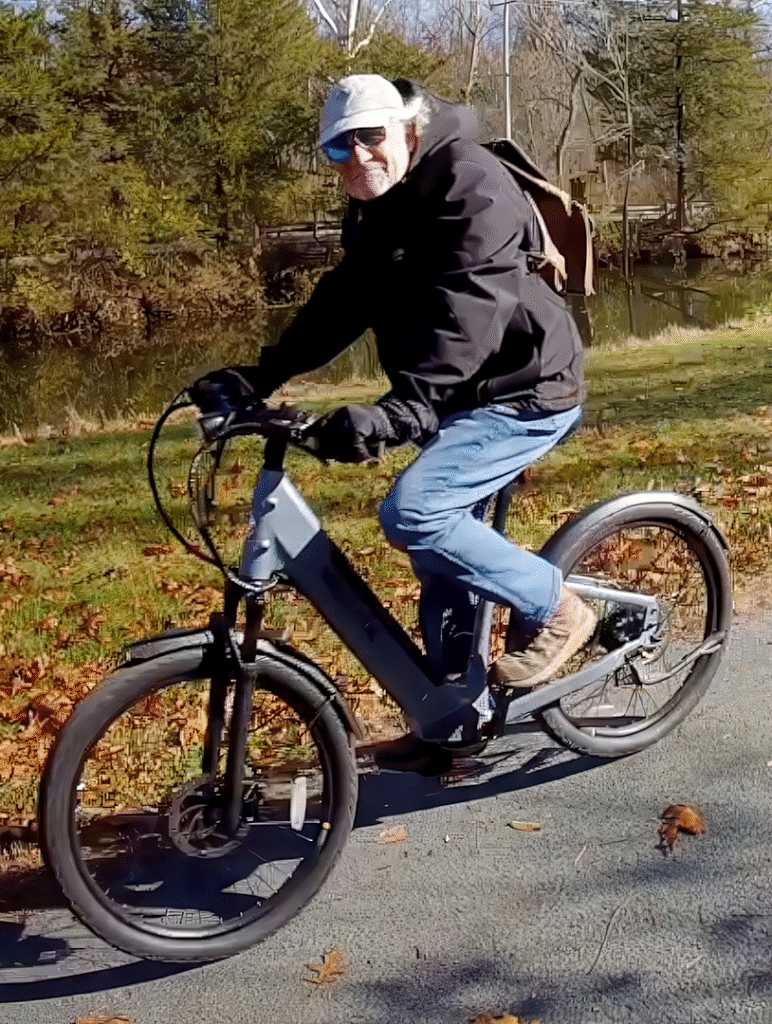For the first time in its six decades operating Philadelphia’s public transit system, SEPTA is planning to overhaul its bus routes. After more than 30 in-person and online public meetings across the city’s neighborhoods this fall to detail and discuss the proposed changes, the message from residents and riders has been loud and clear: Go back to the drawing board.
On December 13, a Zoom meeting turned out nearly 70 residents of Kensington and the River Wards, many of whom were concerned, frustrated and fired up about proposed changes that would remove bus service from portions of the Frankford Avenue commercial corridor, steer more riders to the Market-Frankford Line and require transfers to connect people to cross-town neighborhoods they can now directly access.
The meeting was the latest in a listening tour that has kept SEPTA officials busy trying to defend and justify the updated transit plans, often against vocal opposition. The agency has received thousands of comments in response to the first draft of the Bus Revolution plan, many of them from residents of Kensington and Roxborough, where an in-person meeting last week brought out so many objectors to proposals that would complicate bus access to Center City that the 200-person auditorium in which it was held couldn’t fit everyone who wanted their voice heard.
“It does not seem like they considered a lot of real-world scenarios,” Andrew Ortega, president of the East Kensington Neighbors Association, says of the proposals. “It was more about moving numbers around on a spreadsheet.”
A Comprehensive Update
In most cities, transit systems are reviewed every three to five years to maximize service to riders, but SEPTA had never conducted a comprehensive update of its bus system, the agency’s manager for planning programs, Dan Nemiroff, says. As a result, residents have grown very familiar with the routes they ride every day, whether or not those routes offer timely and reliable service. But between 2013 and 2019, ridership declined 13% and costs went up 10%, spurring a review that was made even more urgent when the pandemic took another significant chunk — as much as 40% — out of ridership.
“Service was getting slower, less reliable, and complaints were going up,” Nemiroff says. “We wanted to take a step back and look at what we could do to reverse that trend.”
The Bus Revolution plan, which is being designed in collaboration with consulting firm Nelson\Nygaard, aims to remedy some of what ails SEPTA by streamlining service, straightening routes and eliminating duplication in an effort to get people “further faster,” Nemiroff says. A key component of the cost-neutral overhaul is steering away from what he calls “hyperlocal” bus service full of frequent turns onto smaller streets that can make buses slow and unpredictable.
The result is a plan that would force many riders to walk longer distances to reach more frequent buses and transfer more often to travel longer distances — two tradeoffs pivotal to the proposal. And after decades of familiarity with the city’s bus routes, the suggested changes have drawn animated responses from across Philadelphia.
Concern in Kensington
In Kensington, where the sudden closure of the Somerset El station for two weeks in 2021 for repairs and cleaning sparked outrage, trust in SEPTA was already at a low point, according to Bill McKinney, executive director of the New Kensington Community Development Corporation.
“You’re saying, ‘Hey, we’re trying to drive you to a train station,’ but at the same time folks are looking and saying, ‘Didn’t you just pull the train station out from under us?’” McKinney says.
Some residents also feel a sense of geographic isolation, he says, brought on by a grid interrupted by Conrail tracks and thoroughfares like Lehigh Avenue that can be difficult to cross safely. Those concerns have only been exacerbated by conditions that leave many in the community less inclined to take a longer walk to a bus stop, even if it means improved frequency and reliability.
“We also face really significant boundaries created by everything from homeless encampments to active drug corners,” McKinney says, “so having to carve out longer or more complicated paths to get to a bus or a train is really problematic for folks, and that’s why people are reacting.”
For Jon Geeting, president of the Fishtown Neighbors Association, the Bus Revolution is a welcome sight, even if the first draft has missed the mark in some ways.
“The general concept of moving toward straighter, shorter routes with more transfers and more frequent service but fewer stops is a really good idea for the city overall and the usability of the network,” Geeting says. “We have all these winding routes, and unless you’re a regular commuter and you know exactly where they go, it’s not intuitive.”
But pursuing an overhaul that reallocates resources, rather than adding new ones, has resulted in what Ortega describes as “addition through subtraction.” And in Kensington and Fishtown, the potential subtraction has left residents worried about how they will get around once the Bus Revolution is completed.
The 5 bus, which currently runs along 2nd and 3rd Streets between Old City and Northern Liberties and along Frankford Avenue once it hits Fishtown, has been a particular point of contention. The proposal would eliminate the southern half of the route, encouraging riders toward the El.
“I can see how technically on paper they would’ve arrived at the idea that the 5 and the 25 could be rerouted and leave people to rely more on the El and the 15, but if you look at the map it basically means there’s no bus service at all within the whole center of Fishtown,” Geeting says. “Our community’s really upset about that.”
Nemiroff emphasizes that the proposals rolled out in October are simply a first draft and SEPTA always intended to listen to community feedback to help determine any necessary changes. The listening tour will continue in 2023, including at an in-person town hall for the Kensington community that has yet to be scheduled. An updated draft will be released in February or March, followed by another round of comments and consultation with residents. Eventually, a final proposal will go before SEPTA’s board for a vote. Routes won’t change until 2024.
Roxborough’s Response
The Bus Revolution may have met its most vociferous opposition at a December 6 meeting in Roxborough, where organizers paused the session at one point to ask if some of the more than 200 people in attendance would be willing to leave to let in others, according to Celeste Hardester, a past president of the Central Roxborough Civic Association.
Community members there were worried that changes to the 9 and 27 bus routes would hinder their access to the rest of Philadelphia and force them to transfer at 30th Street Station. By the time of the meeting, SEPTA had already begun to revise its plans in response to the immediate negative response, but Hardester says communication about the routes was confusing and incoherent.
“It’s great that after 60 years they’re looking at their routes and making changes. Obviously there have been many problems and reasons for making changes,” Hardester says. “But it looks like it’s been 60 years since they figured out how to talk to the public as well.”
Roxborough residents, like those in Kensington, worry that the streamlining of routes will make it harder for people to reach the buses they need. In both communities, concerns also persist about how the changes will affect students who rely on buses for often lengthy commutes to school — commutes that could now include additional transfers. And in Roxborough, increasing development makes it all the more important for an efficient and effective bus system to get members of a growing community to their destinations, Hardester says.
“If transit is not going to get people where they need to go on a reasonable schedule, then what’s going on? How is this city being planned?” Hardester says.
Fewer Better Options
Among the core tenets of SEPTA’s redesign is an effort to give riders “fewer better options,” Nemiroff says. In order to reach the levels of reliability and frequency that both SEPTA and riders want, the goal is to consolidate service to minimize the number of sparsely populated buses traveling the city’s streets. As Nemiroff says, “transit has to be consistent to be successful.”
Yasha Zarrinkelk, advocacy director at Transit Forward Philadelphia, is excited to see the Bus Revolution taking place. The increase in the number of routes that would require a 10- or 15-minute maximum wait is a significant step toward establishing a “lifestyle transit network,” he says.
“When transit agencies provide a fast and frequent bus network, riders flock to the network,” Zarrinkelk says. “We’ve seen that happen in places like Baltimore. If you build it, they will come.”
Zarrinkelk is optimistic about an important element of the proposed plans: a shift away from SEPTA’s prioritization of traditional 9-to-5 commuter schedules and toward more consistent off-peak and weekend service. It would be a “huge step” toward making buses a reliable part of daily life, he says. Ultimately, he hopes to see a bus network where half of the routes operate every 10 or 15 minutes from morning until evening, the busiest routes move at 14 miles per hour or more, and riders have an easy time understanding the system and schedules.
In many ways, the first draft of the Bus Revolution aims to accomplish these same things — even if the process of communicating that to riders hasn’t made it clear.
Nemiroff acknowledges that SEPTA has struggled with creating public awareness around its proposed changes. “That’s our fault,” he says. But he also sees a silver lining, hoping that the attention in recent weeks will lead to more productive conversations.
“We knew this was going to be a challenge. Nothing worth fighting for is ever easy,” Nemiroff says. “The feedback has been good. I would rather go to a public meeting and get yelled at and get pushback than have nobody show up. And whether or not people agree or disagree with us, their feedback is crucial to the process.”
Community leaders and residents are now fully engaged, setting the stage for the next round of revisions and responses — and, eventually, a revamped bus network. “I hope that they recognize that in a way the process has just begun and that even if they have a timeline of when they want to close things up, it may need to last a little longer,” McKinney says. “They may need more time, and they shouldn’t rush into decisions.”










This article demonstrates an essential role for environmental journalism – the subject of improving a city bus network vividly focusing on The Customer / Client.
Although only briefly acknowledging the cost-expense financial constraints of the transit system its reporting extensively covers key attributes for the user public: schedules, intervals and routes (especially significant for buses). But I t fails to mention in even the slightest way the environmental aspect of transit – reductions in resource consumption and in (primarily) airborne pollutants.
Any reader knows that a better transit service creates a reduction in single-occupancy car trips. But the article doesn’t mention any aspect of this immense benefit: pollution in particulates & carbon emissions; increased societal cohesion via common experience (vs isolated “me-centered”); dramatically reduced cost to every individual freed from auto ownership/rental expenses; reduced wear & tear on roadways, traffic signaling, maintenance, collision blockages, et al.
Because all of these reductions carry improvements against global climate degradation I wish that this article – or a sequel to it – could be re-written to frame every attribute it mentioned into a repeating emphatic reference to environmental improvement. In other words, an article about the power of individual and communal actions to constructively create a better world for living beings.
THE DRAFT is BEING PRESENTED as of BENEFIT to RIDERSHIP
It is truly unfortunate the such a major change to transportation is Not being given wider Notification. There are changes being proposed for North Philly bus routes and Very few riders are even aware.
THE OUTREACH is HORRIBLE!
The meeting held at the Liacouras Center on November 16, 2022, had less than 10 riders in attendance. Most of the other 10 people were employees of the hired agency.
All of the TRANSFERS make no sense to the Current Riders. Many who are Senior, Disabled, and Students.
It appears SEPTA is soft selling these ideas in mostly white neighborhoods, while leaving the Black community in the dark.
They are receiving pushback from the Communities where the proposal is being presented.